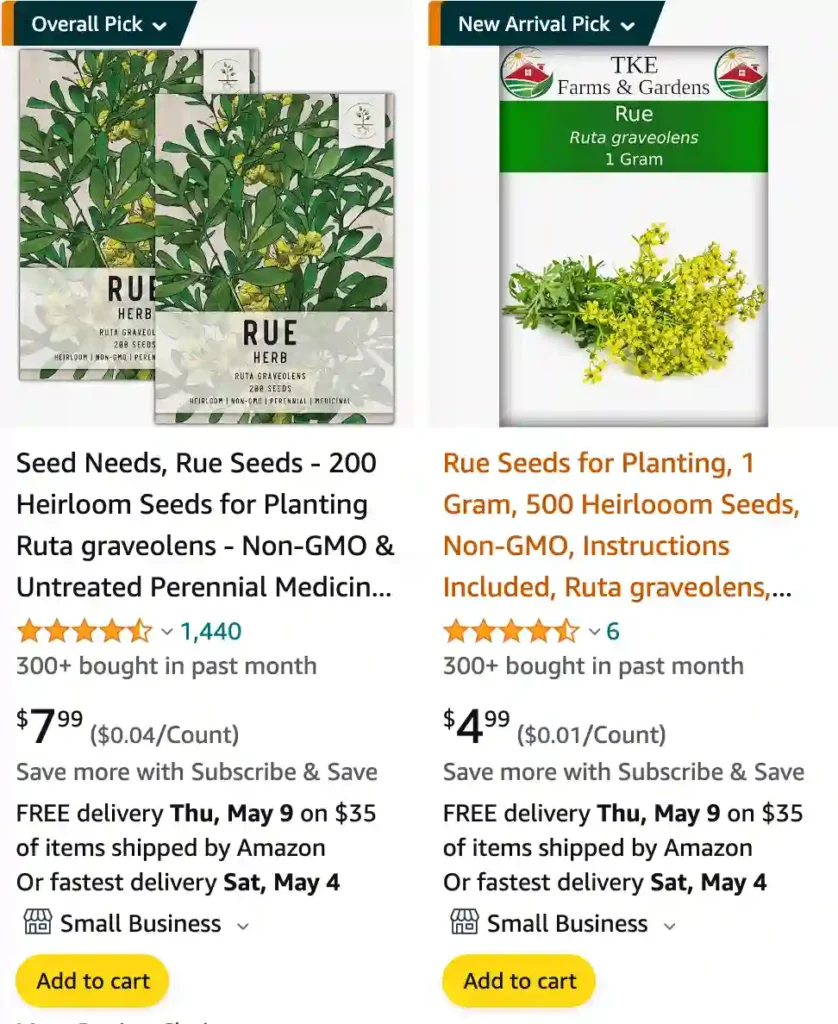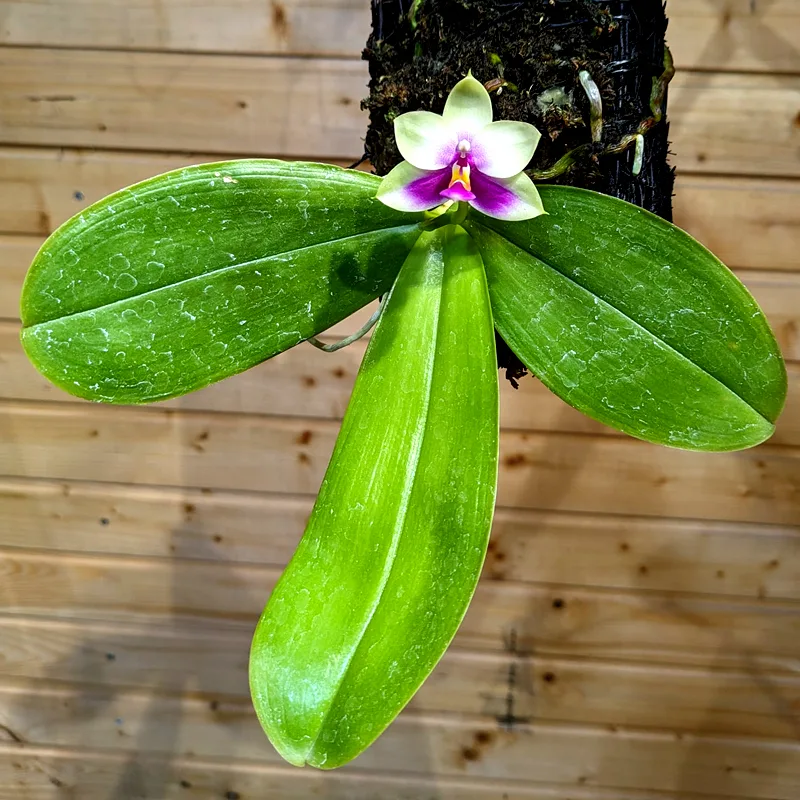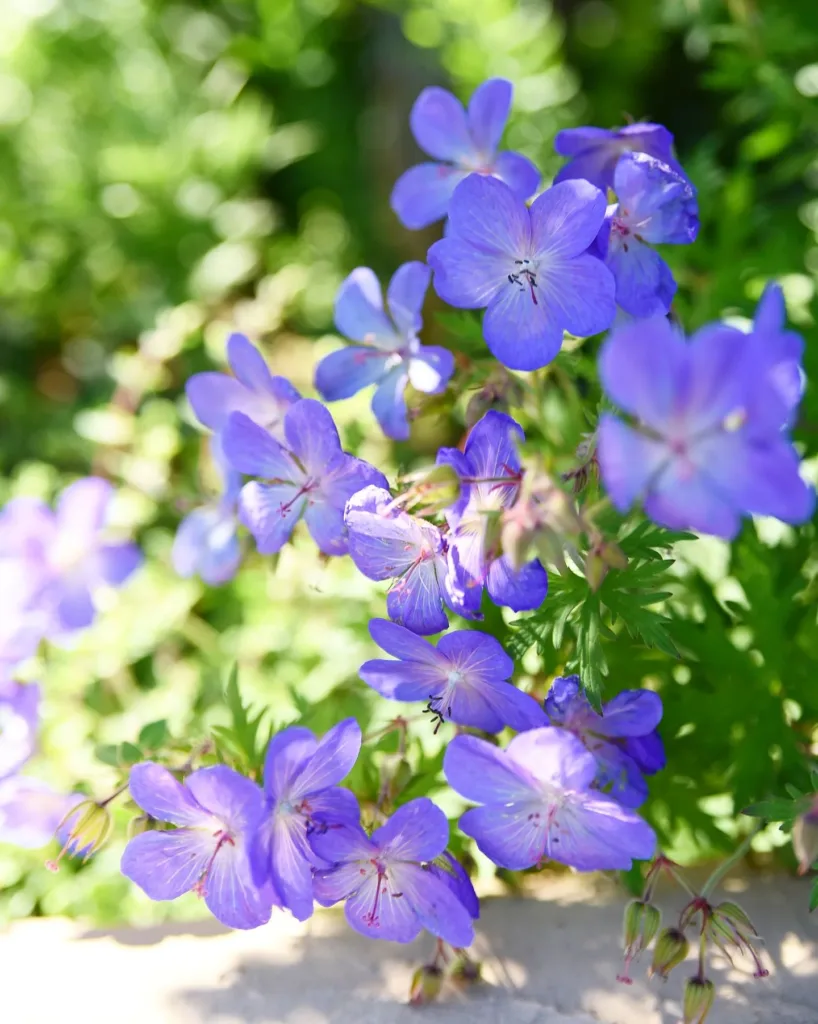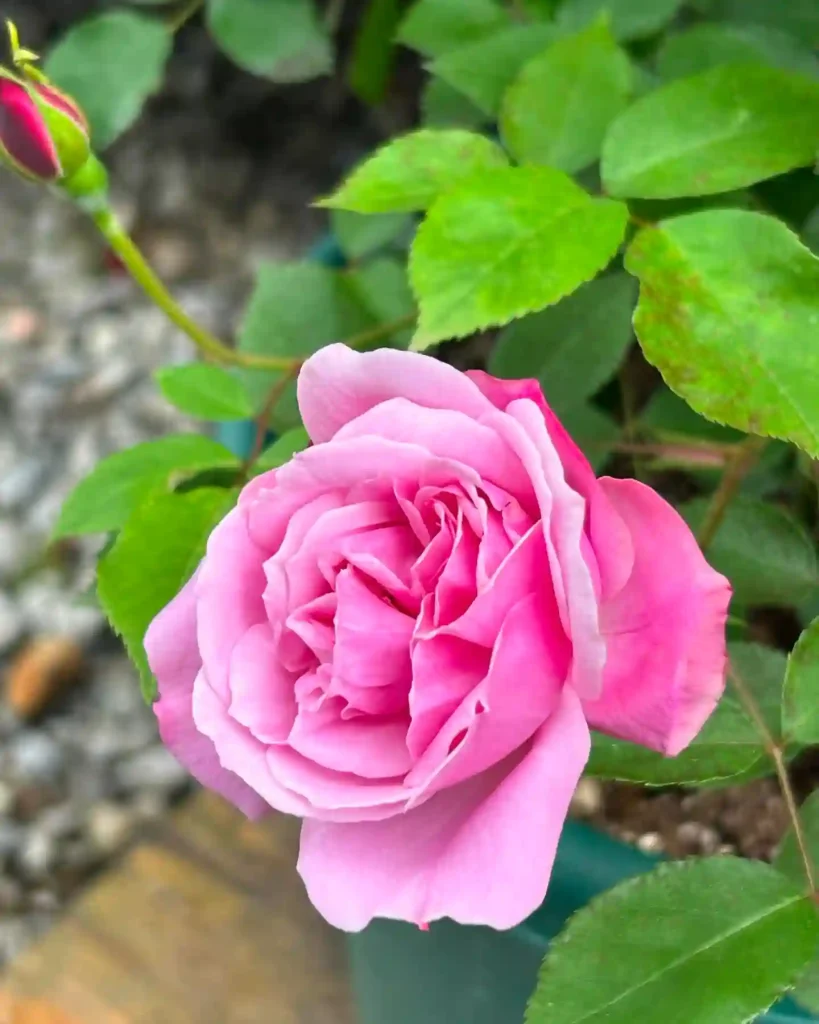
FAQs About Ruda Plant: Everything You Need to Know
As a plant enthusiast, I often find myself drawn to unique and lesser-known plants. One such plant is the Ruda, also known as Rue (Ruta Graveolens). In this article, I’ll dive into some frequently asked questions about the Ruda plant, covering its uses, growth, and more. If you’ve been curious about this plant, read on!
11 Species in Genus Ruta
What are rue plants?
I actually came across rue plants by accident while volunteering at the community garden last year. They weren’t in bloom yet, but the leaves had this distinct bluish-green color that caught my eye. I brushed against them to get a closer look, and whoa, that strong scent hit me! It wasn’t unpleasant, but definitely unique, almost medicinal. The gardener there explained it was rue, and that it was more of an old-fashioned herb these days. Apparently it used to be used for medicinal purposes, but now it’s more for keeping pests away and adding some visual interest with the blue foliage.
Where to buy rue plant?
Based on my experience volunteering at the community garden, rue plants might not be the most common herb at your local garden center. But there are definitely options! We had luck getting ours from a smaller online nursery that specializes in herbs. They shipped it in a little pot, and it arrived healthy and ready to plant. Another option I saw online was buying seeds, which could be a good choice if you enjoy starting plants from scratch.
What is rue plant used for?
Rue plant holds a special place in my herb garden because of its diverse applications. Traditionally, I’ve used it for its medicinal properties, particularly in alleviating stomach issues and menstrual cramps. Its bitter taste might not be everyone’s favorite, but I’ve found it effective in small doses. However, I must admit, its strong scent can be overwhelming, especially when handling it in the garden. I’ve also heard it’s believed to have protective qualities, warding off negative energy or evil spirits, although I haven’t personally experienced this aspect. Overall, for me, rue plant is a fascinating herb with a long history of use, both medicinally and spiritually.
Why is my rue plant dying?
Oh, I can totally relate to the frustration of a struggling rue plant. When mine started wilting and browning at the edges, I felt a bit disheartened. After some trial and error, I realized that rue plants are quite sensitive to overwatering, which was my initial mistake. They prefer well-drained soil and don’t like their roots sitting in water for too long. Also, they need plenty of sunlight, so if they’re not getting enough light, they tend to suffer. I also learned that rue plants are sensitive to extreme temperatures, so sudden cold snaps or intense heat waves can stress them out. Taking care to find the right balance of water, light, and temperature can really make a difference in keeping a rue plant healthy and thriving.
What does rue plant look like?
Ah, the rue plant is quite distinctive in appearance, isn’t it? When I look at mine, I see small, bluish-green leaves arranged in pairs along sturdy stems. The leaves have a unique shape, kind of like little elongated ovals with serrated edges. They almost remind me of tiny feathers. And when the plant blooms, it produces clusters of small, yellow flowers that add a pop of color to the garden. Overall, it has a somewhat delicate yet robust look, if that makes sense. It’s definitely one of the more recognizable herbs in my garden, and I always enjoy admiring its distinct beauty.
How often to water rue plant?
Finding the right watering schedule for my rue plant took a bit of trial and error. Initially, I was watering it too frequently, thinking it needed a lot of moisture. But rue plants actually prefer to be on the drier side, so I adjusted my watering routine accordingly. Now, I water my rue plant deeply about once every 7 to 10 days, allowing the soil to dry out between waterings. Of course, I keep an eye on the weather and adjust as needed, especially during hot, dry spells when it might need a bit more water. It’s all about finding that balance to keep the soil consistently moist but not waterlogged.
How to care for rue plant?
Caring for a rue plant involves a few key steps to ensure its health and vitality. Firstly, it thrives in well-drained soil, so I make sure to plant it in a location with good drainage or use a pot with drainage holes if I’m growing it in a container. Rue plants also love sunlight, so I place mine in a spot where it receives plenty of direct sunlight throughout the day. As for watering, I’ve learned that rue plants prefer to be on the drier side, so I water deeply but infrequently, allowing the soil to dry out between waterings. It’s also important to avoid over-fertilizing, as rue plants don’t need much additional nutrients. Finally, I keep an eye out for any pests or diseases and address them promptly if they arise. With these simple care guidelines, my rue plant has been flourishing beautifully in my garden.
How to propagate rue plant?
Propagating rue plants can be a rewarding experience, and I’ve had success using a couple of different methods. One way is through seed propagation, which I find quite straightforward. In the late spring or early summer, I collect ripe seeds from my mature rue plant and sow them directly into well-drained soil in a sunny spot. I lightly cover the seeds with soil and keep the area consistently moist until germination occurs, which usually takes a few weeks. Another method I’ve tried is through stem cuttings. In the spring or early summer, I take cuttings from healthy, non-flowering stems, making sure they’re about 4-6 inches long. I remove the lower leaves and dip the cut end in rooting hormone before planting them in a pot filled with moist soil. I place the pot in a warm, bright location and keep the soil consistently moist until roots develop, which usually takes a few weeks. Both methods have worked well for me, and I love watching new rue plants grow from seeds or cuttings.
How to prune rue plant?
Pruning my rue plant is a regular part of my gardening routine, and I’ve found a few simple steps that work well for keeping it healthy and tidy. I usually prune my rue plant in the early spring, just as new growth begins to emerge. I start by removing any dead or damaged stems, cutting them back to where they meet healthy growth. Then, I lightly trim back any overly long or straggly branches to encourage a more compact and bushy shape. While pruning, I make sure to wear gloves to protect my skin from the plant’s sap, which can cause irritation. Overall, I aim to maintain a balanced and aesthetically pleasing shape while promoting vigorous growth for the season ahead.
Is rue plant illegal?
The legal status of rue plant can vary depending on where you live, so it’s essential to check the regulations in your area. In some regions, rue plant is considered a noxious weed or invasive species and may be subject to restrictions or even prohibited. However, in many places, it’s perfectly legal to grow rue plant for ornamental or medicinal purposes. That being said, it’s essential to be aware of any potential risks associated with handling rue plant, as it contains compounds that can be toxic if ingested in large quantities. Overall, while rue plant may not be illegal in most places, it’s essential to research and understand the regulations and potential risks before cultivating it.
What does rue plant smell like?
The smell of rue plant is quite distinctive, and I find it difficult to describe accurately. Some people compare it to a mixture of citrus and pine, with a slightly medicinal undertone. Personally, I perceive it as a sharp, somewhat pungent aroma, reminiscent of herbs and earthiness. It’s definitely not a fragrance everyone enjoys, as it can be quite intense, especially when the leaves are crushed or bruised. For me, the scent of rue plant is unique and memorable, evoking images of my garden and the natural world.
If i die, water my plants!



